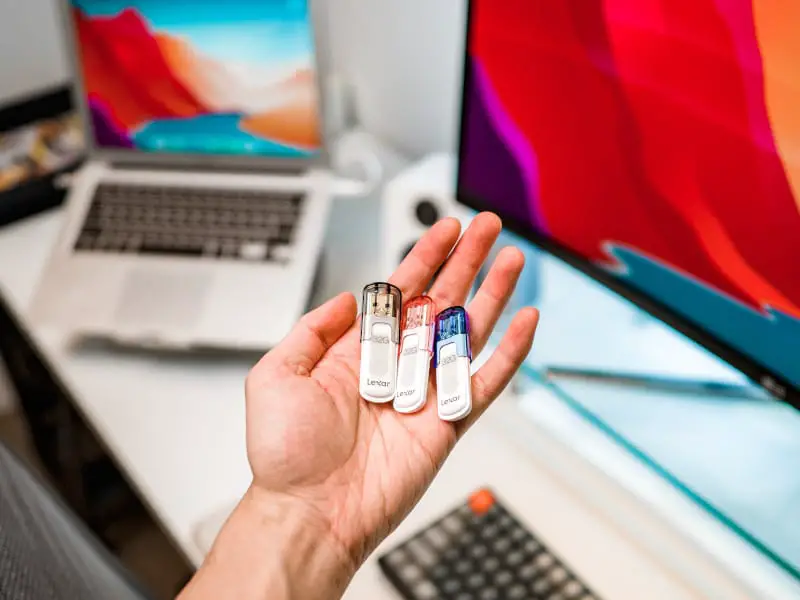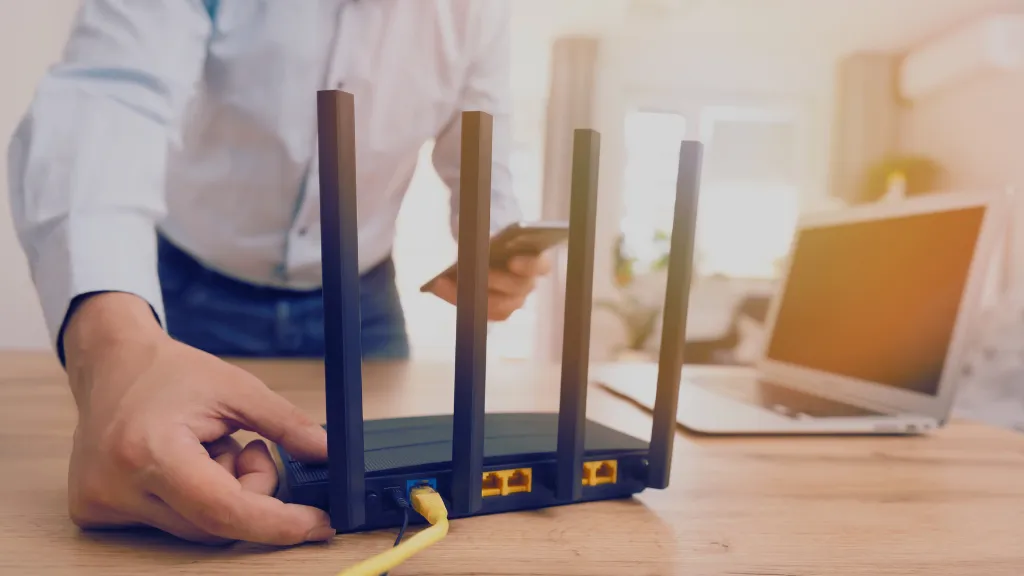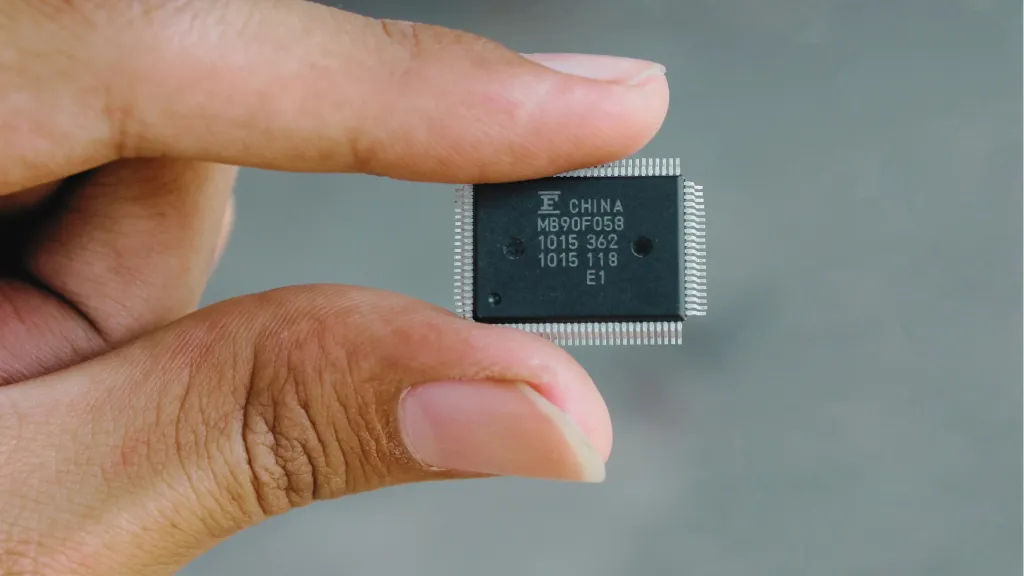If you frequently use technology, then you’ve probably heard the terms “flash drives” and “thumb drives” being thrown around interchangeably.
But did you know that these two terms refer to different types of data storage devices? I often use both types of drives to transfer my work between devices, but I always make sure to use the right one for the job.
In this article, I will break down the differences between flash drives and thumb drives, so you can determine which one is best suited for your needs.
So, let’s get started!
What is a Thumb Drive?
A thumb drive is a standard USB storage device often used to store and transfer files between computers.
Thumb drives are also useful for backing up and transporting photos, videos, and other important data from one computer to another.
Thumb drives have different capacities based on how much memory they can hold (from 4GB to 32GB in most cases). Some have only enough memory for storing small documents like an address book, while others have more capacity than some desktop hard drives.
This makes thumb drives with large amounts of space convenient for storing music, videos, or applications.
What is a Flash Drive?
A flash drive is pretty simple in concept. It is just a memory storage device with a small circuit board, a connector housing, metal shielding for data protection, and a cap to protect the connector when you’re not using it.
Flash drives are popular with everyone – home users wanting to move their pictures or music from device to device, such as professional photographers transporting images, software developers moving large programs, and students taking notes on laptops and uploading them later for homework.
Most USB devices connect via what’s known as ‘USB mass storage mode.’ This means that the flash drive acts like an external hard disk on your computer – you can drag files into or out of folders on the hard drive without installing any additional drivers.
USB drives are so popular that they’re the target of several malicious software attacks, including those that collect sensitive data or steal financial information. A flash drive isn’t protected against these problems because it only has a small memory chip – hackers can easily modify the storage to hold malicious files and code.
Differences Between Thumb Drive and Flash Drive
In terms of functionality, there is very little difference between thumb drives and flash drives. They are quite similar except in two main areas: storage space and speed.
Both devices come in several sizes, from 4GB to 32GB (thumb drive) or 4GB to 64GB (flash drive), although larger versions exist, with the latter typically having faster read/write speeds than the former.
Other differences include physical appearance, durability, design, and security measures that may be available at additional cost for some flash drives.
Flash drives usually have a key ring hole attached on one end so that they can be connected to keys for easy carrying around, whereas thumb drives look more like sticks that can be carried around using a holder.
Flash drives may also look more rugged than thumb drives with a sleek look. Such devices are designed for the frequent transfer of data, so you may want to choose one backed up by a warranty, although in most cases, such warranties are only for the first year.
If security is important, you can also buy special flash drives with password protection or encryption features from manufacturers such as Kingston.
The final difference between these two drive types is speed and durability: flash drives have higher storage capacities and faster read/write speeds than thumb drives, but they do not last as long since they cannot be used when wet or submerged in water (or other liquids).
Flash drives are also more expensive than thumb drives initially because they cost more per GB of memory. It should be noted that manufacturers are now producing flash drives of similar size and functionality as thumb drives to combat the former’s shortcomings, as such devices can be used in areas where it is not safe or practical to bring along a flash drive.
Advantages of a Flash Drive or Thumb Drive
Portability
One of the biggest advantages of a flash or thumb drive is its portability. These small and lightweight devices make them easy to carry around in a pocket or bag.
This means you can take your files wherever you go and easily transfer them between different devices.
Durability
Another advantage of flash or thumb drives is their durability. Flash or thumb drives have no moving parts, unlike traditional hard drives, which contain spinning disks that can be damaged if dropped or bumped.
This makes them much more resistant to physical damage and less likely to fail due to wear and tear.
Large Storage Capacity
Flash or thumb drives come in a wide range of storage capacities, from just a few gigabytes (GB) to several terabytes (TB). This makes them ideal for storing large files like high-resolution images or videos.
Fast Transfer Speeds
Flash or thumb drives transfer faster than other data storage devices, particularly when reading data. This means that you can transfer large files quickly and efficiently without having to wait for long periods.
Compatibility
Flash or thumb drives are generally compatible with most devices with USB ports, including computers, laptops, gaming consoles, smartphones, and tablets.
This makes them a versatile tool for anyone who transfers files between different devices.
Encryption
Many flash or thumb drives now come with built-in encryption features, which can help to protect your data from unauthorized access. This is particularly important if you need to store sensitive or confidential information on your flash or thumb drive.
Disadvantages of a Flash Drive or a Thumb Drive
Limited Lifespan
One of the biggest disadvantages of flash or thumb drives is their limited lifespan. Each time you write data to a flash or thumb drive, it gradually wears down the memory cells.
Over time, this can cause the drive to fail or become unreliable. While modern flash or thumb drives are designed to last for many years, they still have a finite lifespan that you need to be aware of.
Data Security
While flash or thumb drives can be encrypted to protect your data, they’re still vulnerable to theft or loss. If you lose your flash drive or it’s stolen, anyone who finds it can potentially access your data.
To prevent this from happening, it’s always a good idea to keep your flash or thumb drive in a secure location when not in use.
Compatibility Issues
While flash or thumb drives are generally compatible with most devices with USB ports, there can be compatibility issues with older devices or operating systems.
For example, some older computers may not recognize newer flash or thumb drives or may not have USB 3.0 ports required for high-speed transfers.
Limited Storage Capacity
While flash or thumb drives come in various storage capacities, even the largest drives may not be enough for some users. A flash or thumb drive may not provide enough storage space for people who work with large multimedia files or other data-intensive applications.
Physical Damage
While flash or thumb drives are generally more durable than traditional hard drives, they can still be damaged if dropped or exposed to extreme heat or cold.
This can cause the drive to fail or lose data, which can be frustrating if you rely on the drive to store important files.
Conclusion
I hope this article has helped you better understand the differences between these two types of data storage devices. While both have similar functions, they differ in several key areas, including physical appearance, storage capacity, transfer speeds, compatibility, and cost.
Flash drives and thumb drives are important tools for anyone who needs to store and transfer digital files. They offer a convenient and efficient way to move data between different devices and can be essential to any modern tech toolkit.
So whether you choose a flash drive, thumb drive, or both, you can feel confident that you’re making a smart and informed decision.






